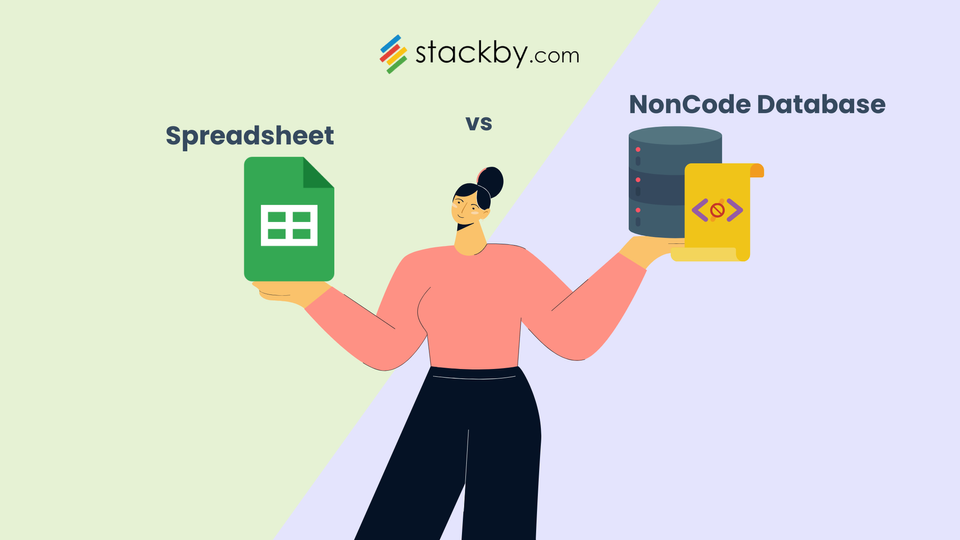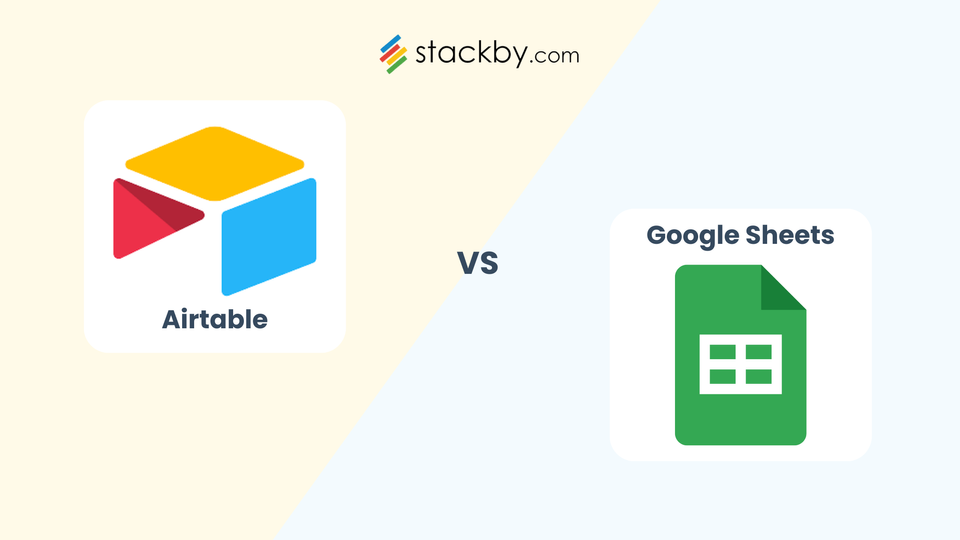Airtable Pricing: Hidden Costs & how Stackby compares
A detailed comparison of Airtable’s new 2025 pricing model, the hidden costs you should know, and why Stackby is the smarter, cost-effective alternative.
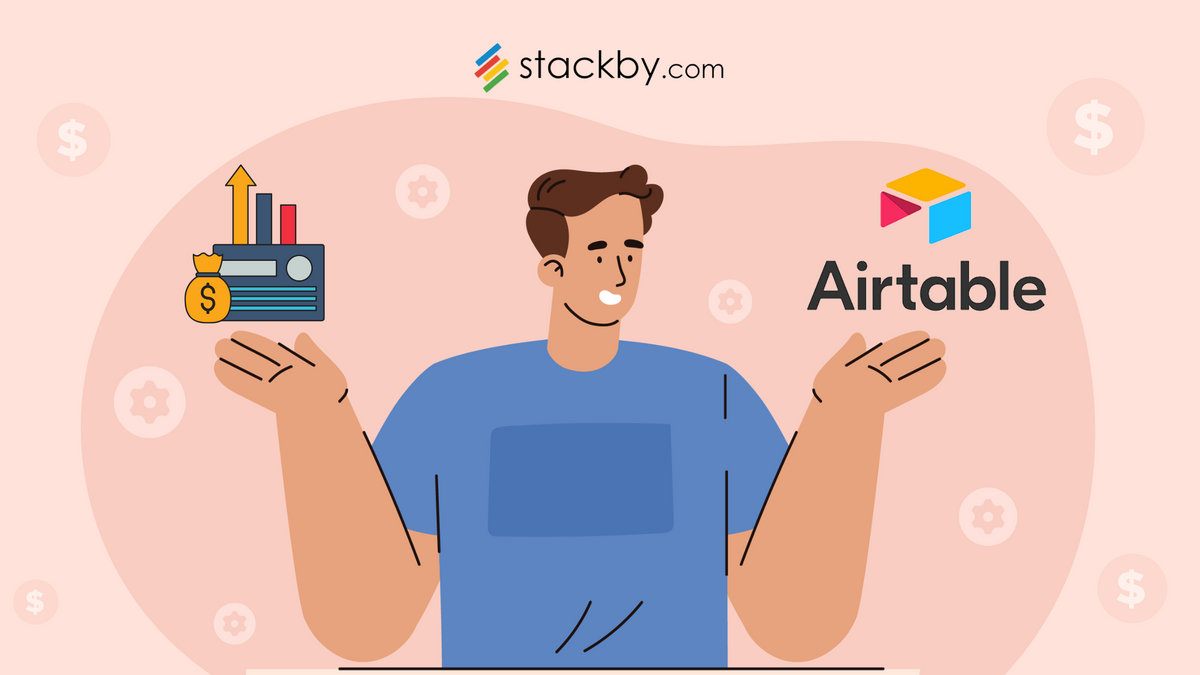
When choosing a work and data management tool for your business, pricing isn't just a number, it's a long-term commitment. Whether you're a startup, small team, or an established organization, how much you pay (and what you get in return) matters. With tools like Airtable and Stackby gaining massive traction in the productivity and no-code space, it's crucial to compare not just features but also the cost implications over time.
According to Market.us, the digital process automation market is expected to hit $44.4 billion by 2033, highlighting the increasing reliance on tools that bring structure, automation, and collaboration to everyday workflows.
In this blog, we'll dive deep into Airtable's latest pricing structure, identify the hidden costs that many users overlook, and show you how Stackby stacks up as a cost-effective yet powerful alternative.
What is Airtable?
Airtable is a modern spreadsheet-database hybrid platform that empowers users to build collaborative workflows. It offers customizable templates, real-time collaboration, and integration capabilities, making it a popular choice for teams managing projects, content, and more.
At its core, Airtable gives users the flexibility to design their own "apps" from scratch using databases, but with its pricing structure, this flexibility might come at a steeper cost than expected.
Key Features of Airtable
- Relational database: Intuitive spreadsheet style relational database.
- Customizable Views: Grid, Calendar, Kanban, Gallery, and Timeline views to visualize data effectively.
- Collaboration Tools: Real-time editing, commenting, and sharing capabilities.
- Integrations: Connects with popular apps like Slack, Google Workspace, and more.
- Automation: Automate repetitive tasks with triggers and actions.
- Extensions: Enhance functionality with apps and scripts.
Airtable Pricing Plans (Old and New)
Current Airtable Pricing Explained
The 2025 pricing changes introduced substantial jumps across Airtable’s plans:
- The Team plan now costs $20/user/month, up from $12 in 2023, marking a 66% increase.
- The Business plan rose from $24 in 2023 to $45/user/month, nearly an 87.5% jump.
- The Free plan remains unchanged, but is heavily restricted.
- Enterprise pricing continues to be custom, depending on deployment size and requirements. But from the looks of it, it will be ranging from $60-$100/user/month.
Let’s break down what you actually get at each level:
Free Plan
Suitable only for individuals testing Airtable or managing very lightweight tasks. Limited automation, low record caps, and minimal sync options.
Team Plan ($20/user/month)
Designed for small to medium teams with moderate automation and collaboration needs. However, users are restricted to just 1 interface and limited views.
Business Plan ($45/user/month)
Better suited for growing teams that require high record capacity, more automation, and multiple interfaces, but this price can escalate quickly with just a few users.
Enterprise Plan
Best for large companies needing administrative control, advanced security, and priority support, but available only at a custom (often high) price point.
What Does This Mean for Users?
For most teams, Airtable’s new pricing structure brings notable long-term cost burdens that can impact budgeting, scalability, and overall tool adoption.
- Small teams and startups may find 20/user/month difficult to justify, especially if they only need basic collaboration, task tracking, or CRM workflows. You’ll often be forced to pay more just to unlock features like dashboards or additional automation runs.
- Mid-sized teams targeting the Business plan at $45/user/month will need to factor in steep per-user costs. For example, a team of 10 would pay over $5,000/year. This might be sustainable for funded companies, but for lean teams and SMEs, it becomes hard to scale affordably.
- Enterprises might benefit from the feature breadth, but the lack of transparent pricing makes budgeting less predictable.
What this essentially means is: You’re not just paying for storage or views, you’re paying for basic building blocks of productivity like automations, dashboards, and integrations. For many teams, that results in upgrading faster than planned just to meet operational needs.
And that’s where the hidden costs really begin to show.
Hidden Costs of Using Airtable
- Automations Limits: Automation runs are capped based on the plan. If your workflow is dependent on triggers and actions, you might quickly run out and be forced to upgrade.
- Extension Limits: Many powerful extensions require higher-tier plans, meaning you're paying more just to access the full potential.
- Interface Designer Restrictions: Building custom dashboards is limited to just 1 interface on Team and 3 on Business plans.
- Storage Limitations: Even with higher-tier plans, attachment space and record limits can be restrictive for high-volume teams.
- Per-user Pricing: Costs scale rapidly as you add users, making it expensive for collaborative teams.
These hidden costs pile up fast. What starts as a $20/month tool can quickly snowball into hundreds per month as you scale.
Airtable vs. Stackby: Pricing Comparison
Stackby offers more affordable pricing across comparable tiers, providing similar or enhanced features at a lower cost.
Stackby: Key Features (Better Value for Money)
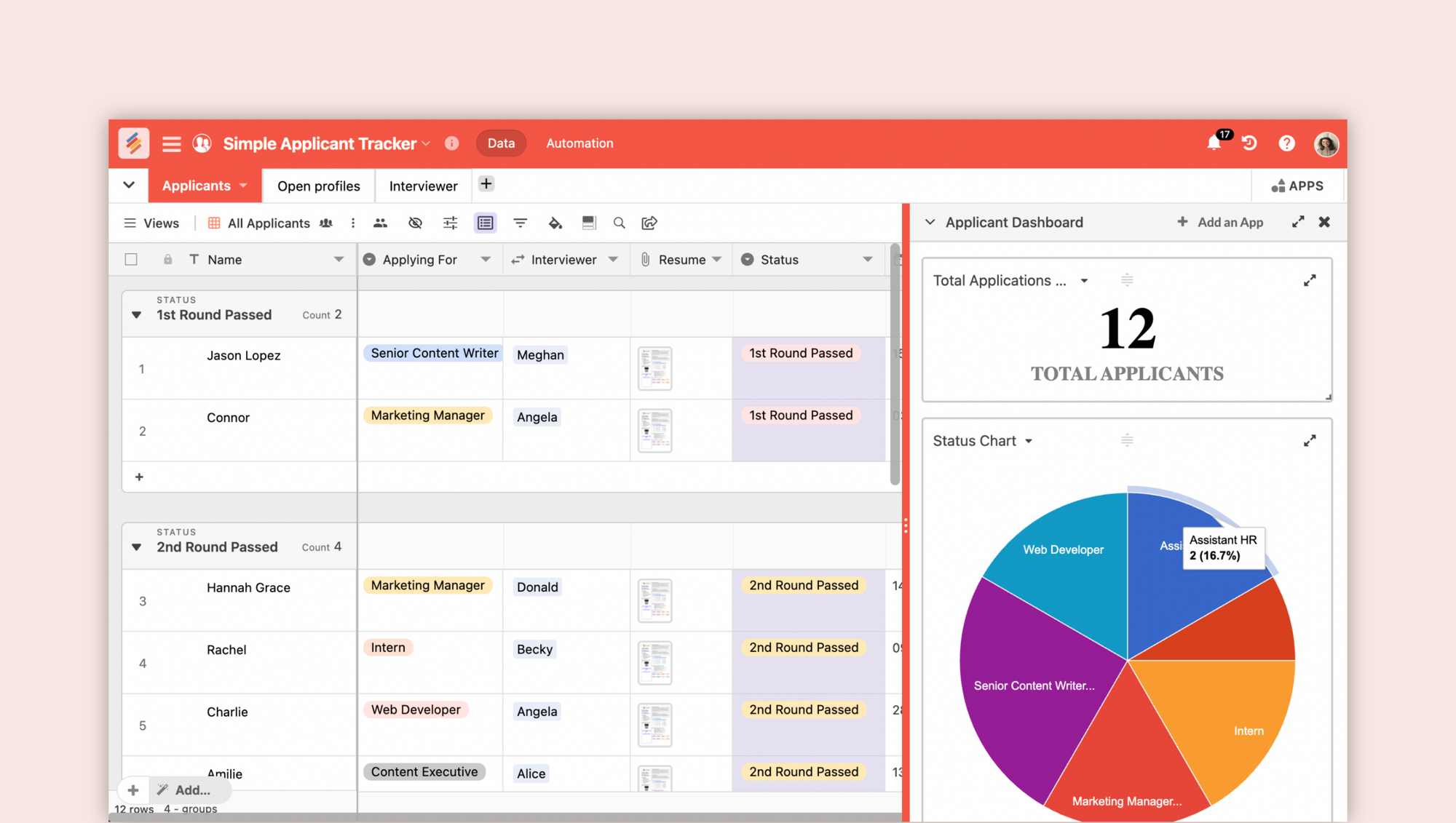
- Relational databases with spreadsheet UI and 30+ unique column types.
- Filter, search, sort, group, color code table records, your way
- Visualize data in Kanban, Calendar, Timeline, List, Gallery and Grid.
- Visual dashboards for teams with charts, pivot tables, page designer and more.
- Powerful internal automations including webhook triggers.
- Custom forms for data collection and updatable forms for field teams.
- Rich library of 1000+ templates across Marketing, Sales, HR, IT, and more.
- Real-time team collaboration with granular access control with chat, checklists, reminders and custom activities.
- More CRM and Project Managment features at the record level, unlike Airtable.
- Deep native integrations with tools like Google Analytics, YouTube, Mailchimp, Slack, and more.
- Column linked API connectors with popular services like Instagram, Facebook Ads, YouTube and more.
Stackby Plans
Stackby offers monthly plans starting at $10/user/month for small teams to $35/user/month for large teams with more records, storage limits and automations.

Stackby also offers discounted (over 50% from monthly) annual plans, starting from 3 users to 100 users. Teams can start as low as $149/year for 3 users for Economy to $299/year for 3 users for Business plans.

Airtable vs Stackby: Features Overview
Stackby provides a more comprehensive feature set, especially in project management & CRM, API connectors, automations and integrations, at a more cost effective price point for teams of all sizes.
Airtable Pricing FAQs
1. Is Airtable worth its price in 2025?
It depends on your scale and needs. For enterprises with a big budget, it offers flexibility. But for smaller teams, the pricing may not justify the features you actually use.
2. What’s the biggest drawback of Airtable pricing?
It scales linearly with team size and usage. You may end up paying more just to maintain what you're already using.
3. Who should use Airtable’s Business plan?
Mid-sized teams that need multiple dashboards, more automation, and don’t mind the cost per user per month.
4. What’s a good Airtable alternative?
Stackby provides similar (and in many cases better) functionality at 1/3rd of the price.
Stackby: Cost-Effective Yet Powerful Airtable Alternative
If you’re on the hunt for a modern, flexible, and scalable data management solution, Stackby gives you everything Airtable does, plus more, at a much more affordable price point.
With our latest feature additions like incoming Webhook Triggers, internal automations, list and timeline views and a growing marketplace of templates and API connectors, Stackby is constantly evolving. We’re committed to bringing innovation beyond basic data management.
Want to stay updated on what’s coming next or request a feature?
Check out what’s new and what’s coming.
In the end, the choice comes down to value. Airtable may be the well-known name, but with Stackby, you get flexibility, transparency, and cost-effectiveness all in one. Try Stackby for free today and make your data work your way.
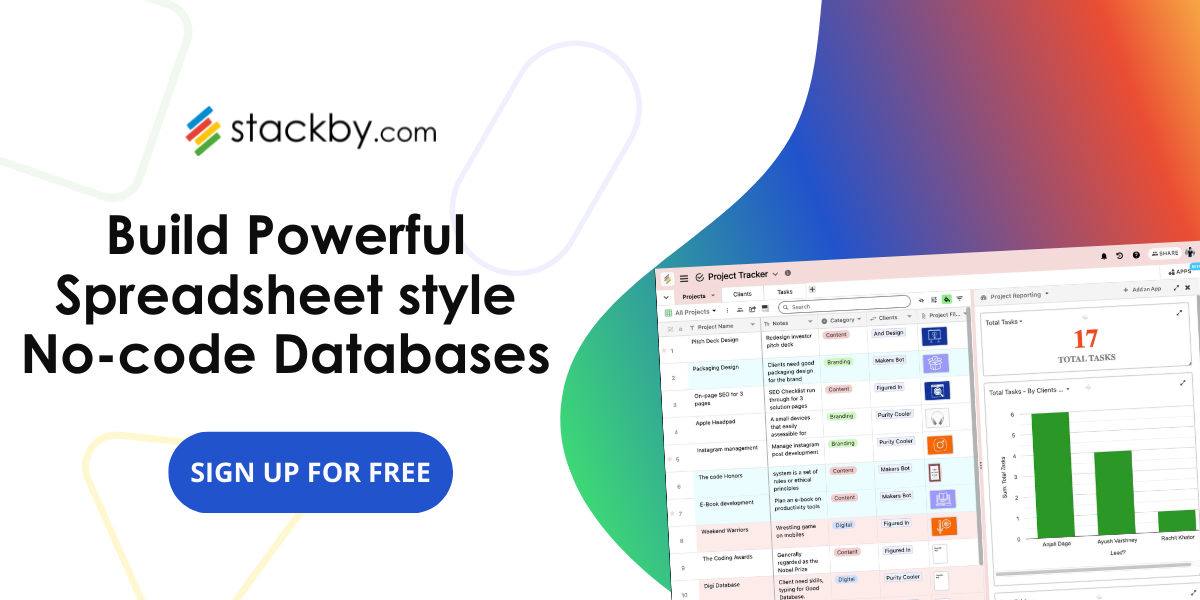

![13 Best Business Management Software for your Work [2026]](/blog/content/images/size/w960/2024/03/stackby-business-blog-image-1.jpg)
![10 Best Free Database Templates for Marketing Agencies in [2026]](/blog/content/images/size/w960/2024/03/stackby-Database-templates-for-marketing-agencies-1-blog-post-2.jpg)
